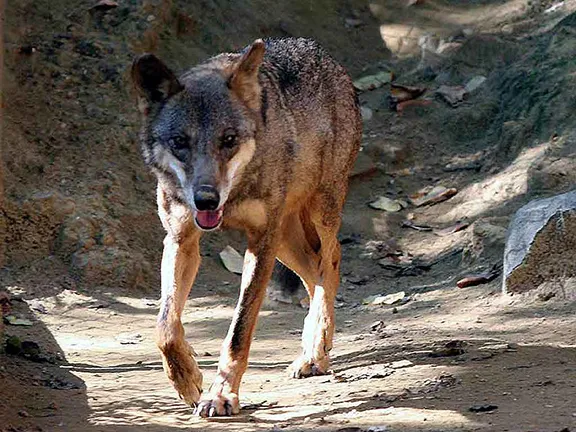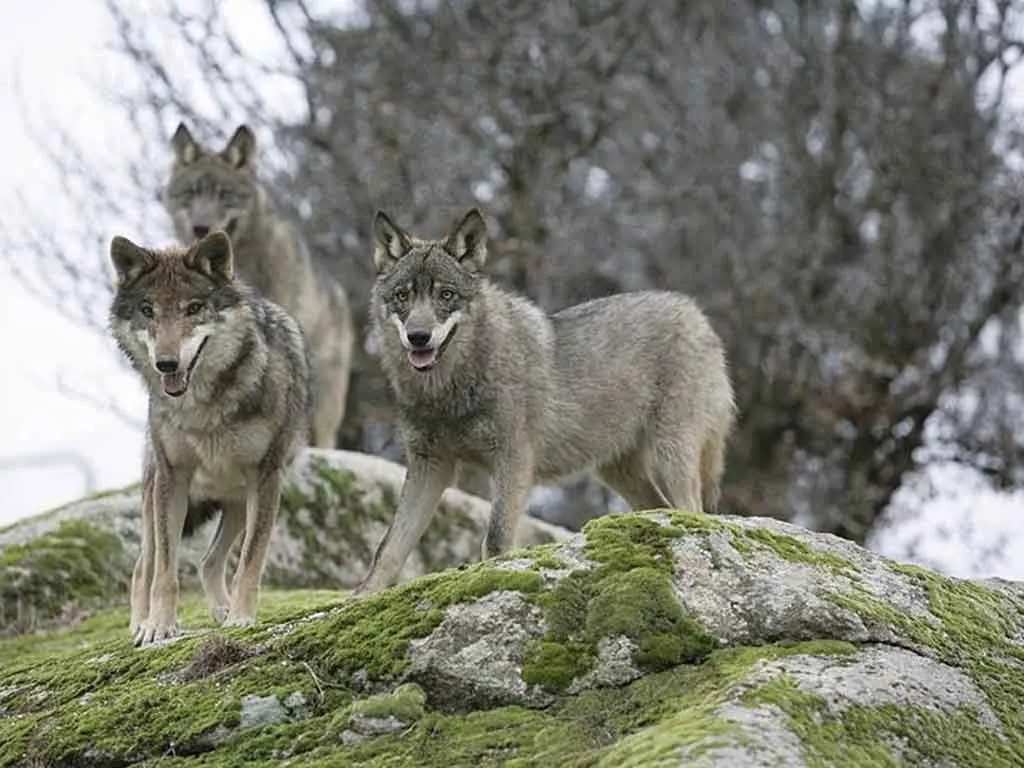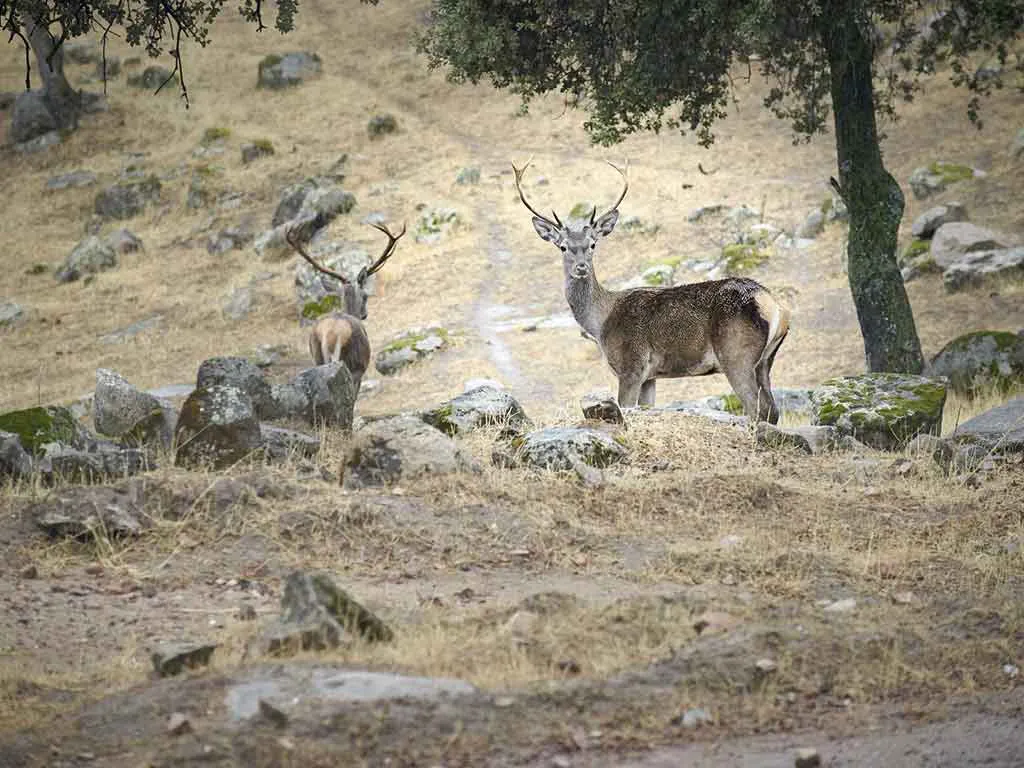The Sierra de Cardeña y Montoro Natural Park is one of the last refuges of the wolf and the lynx
By Nick Nutter | Updated 22 Sep 2022 | Córdoba | Parks |
Login to add to YOUR Favourites or Read Later


Wolf
In the far northeastern corner of Córdoba province, the Sierra de Cardeña y Montoro Natural Park is one of the last refuges of an animal that, judging from the number of times its name appears in place names in Andalucia, was once widespread, the wolf.


Wolves
The Sierra de Cardeña y Montoro Natural Park is in the centre of the Sierra Morena mountain range in an area of rolling hills and low mountains, divided by six rivers, the Yeguas, the Arenoso, Arenosillo, Frescoso, Frailes and Martín Gonzalo. The highest peak is La Colmena at just 828 metres high. This is a land of woodland, dehesa and fields of cereal and it is the woodland and the nostalgic dehesa that makes it unique.


Wolf
In the area of El Escorialejo between Cardeña and Venta Cerezo is a stand of Pyrenean oaks, the only one of its kind in the province and one of the few left in Andalucia. In addition the Sierra de Cardeña y Montoro Natural Park has one of the best preserved and most mature Mediterranean woodland the north, in Regajo del Carrizo and La Enguijuela. Typically you will see Kermes oak, rock roses, lentisc and strawberry trees with holm and cork oaks, gall oaks , stone pines and wild olive trees. Alongside the rivers are oleanders and ash trees. It is a beautiful landscape with a magical array of birds and mammals.


Pigs in Dehesa
The almost 40,000 hectares of the park is home to a huge array of birds and animals, the wolf of course, badgers, wildcats, foxes, beech martens, weasels and the Egyptian mongoose, otters and terrapins plus a number of game animals, hares, wild boars, partridges, roe deer and fallow deer. It is also one of only two refuges in Andalucia for the lynx, the other being the Doñana National Park.


Red Deer
Mentioning partridges, you will also hear more than see, nightingales and woodpeckers. Close to the rivers expect dippers and kingfishers. In the blue skies above, the raptors soar on the thermals, golden eagles, Bonelli's eagle, booted, short-toed and imperial eagle, along with black vultures and griffon vultures, peregrines, goshawks and buzzards. Sparrowhawks hunt the hedgerows and edges of the woods whilst marsh harriers glide over the pastures.


Roe Deer
The visitors' centre, Centro de Visitantes Venta Nueva, just outside Cardeña at Km 79 on the N420 has an audiovisual show about the park, exhibitions on the lynx, Mediterranean woodland in general, the dehesa and a shop. Pick up a jar of the local honey that is much appreciated by the locals.
The dehesa is a particular landscape that has been created by man, beginning in the Neolithic period. It is a sustainable combination of trees, such as the cork and holme oaks in copses, surrounded by pasture land. The trees provide sustenance and useful materials for humans as well as animals such as pigs that feed on the acorns. Cattle, horses, sheep and goats find their sustenance in the pastures.
Not surprisingly, this fertile, abundant area has been inhabited since the very earliest times. It is rich in archaeological remains from the Neolithic period as well as the Iberians, Romans and Arabs. The landscape itself looks ancient with granite outcrops and batholithic blocks up to 1 metre in diameter that have eroded over many eons into almost spherical shapes called bolas, or balls.